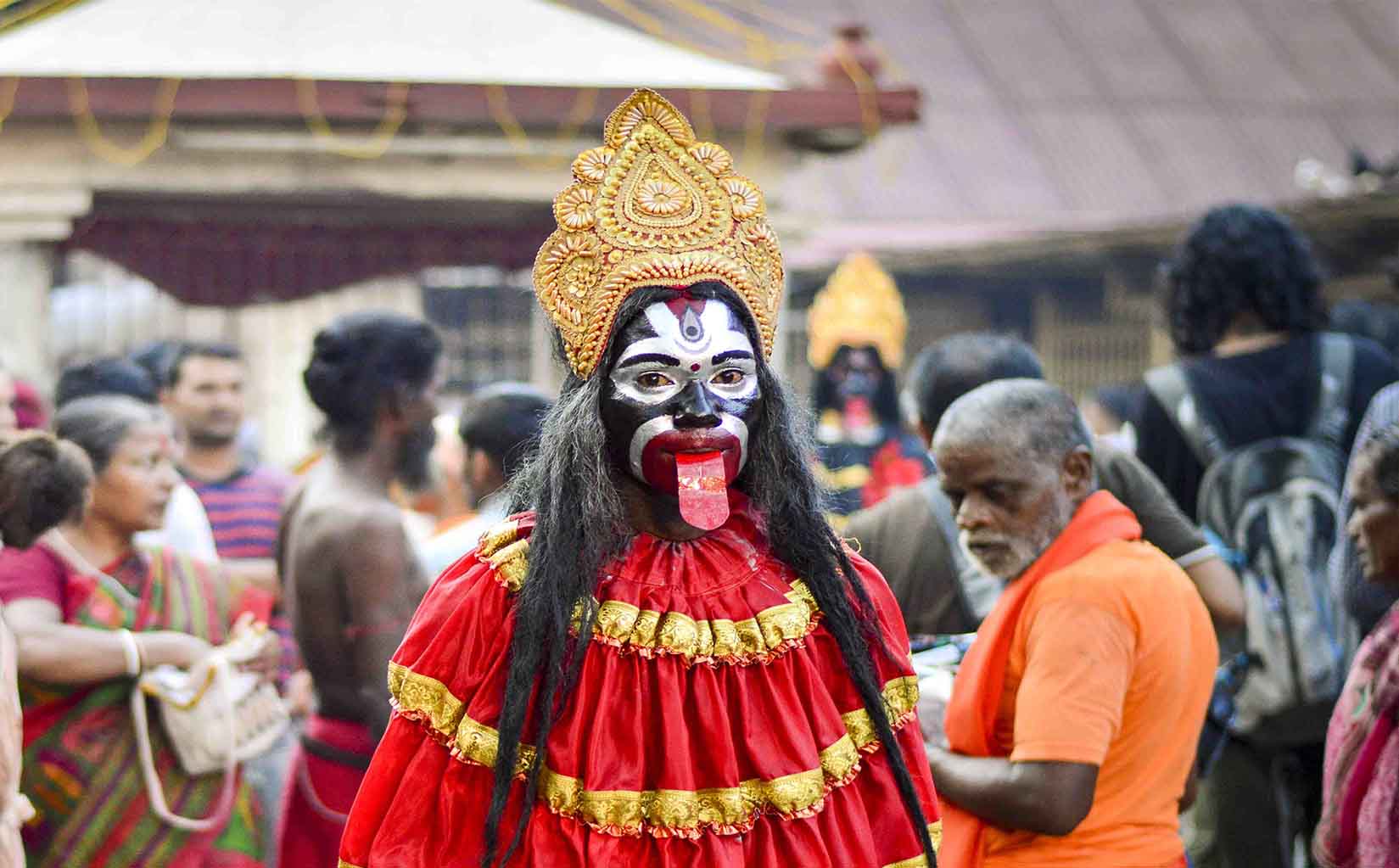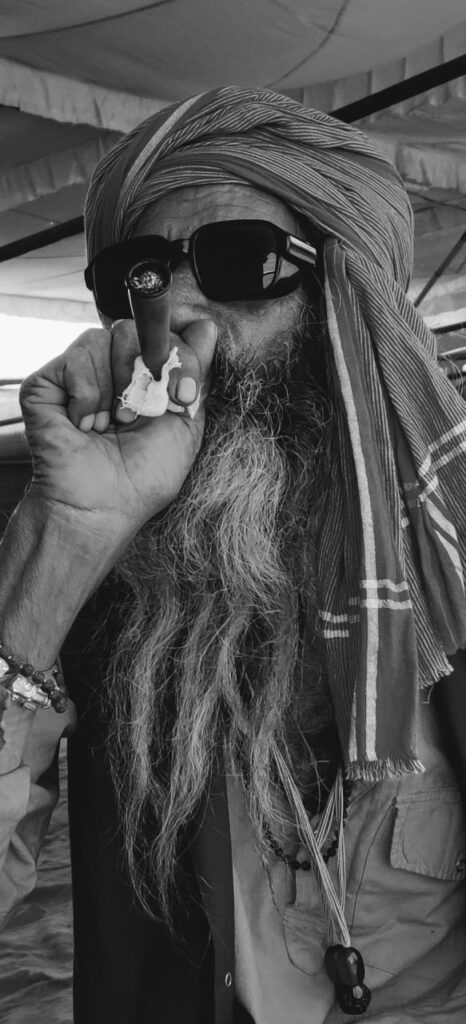The world has been witnessing and appreciating tribal arts work and aesthetics since a long time now. Popularity of these expressive mediums is on a growing path yet the absolute acknowledgement and market potential has not been credited to the societies (tribal) which inspire and produce them.

Tribal communities are a store-house of indigenous knowledge and aesthetics. Their ideas need to be contextualized in their domain and beyond to extract the meaning and messages behind their expression. In lieu of the globalizing forces and increasing pressure of monetized economy, the potential in their expressive culture needs to be accredited and tapped to help them adjust to the growing demands of the present day development. So far, the tribal art work and its marketing have not been institutionalized to provide enough support for the tribal communities. The platform for facilitating production, selling and copyright to the tribal communities for their expressive traditions needs to be formalized and addressed towards the issues of market and competitive pricing.
Cultural sensibilities of tribal communities are rooted in their history and mannerisms. They have unique ideas and expressionistic ways to communicate their innate logics and cultural knowledge to the outside world. To the outside world, the products have antiquarian qualities and meant for public consumption in the field of interior decor, garment business, music industry, etc. In the vague of the present times of impinging market forces and questions of identity, the idea of rightful remuneration to tribal communities as the source and progenitors of aesthetic products rises to the occasion.
After years of exploitation and isolation, efforts towards their mainstreaming and adequate returns should be prioritized. In sync, with the history of tribal communities and their culture, Greaves opines, “Indigenous cultural knowledge has always been an open treasure box for the unfettered appropriation of items of value to Western civilization. While we assiduously protect rights to valuable knowledge among ourselves, indigenous people have never been accorded similar rights over their cultural knowledge.
Existing western intellectual property laws support, promote, and excuse the wholesale, uninvited appropriation of whatever indigenous item strikes our fancy or promises profit, with no obligation or expectation to allow the originators of the knowledge a say or a share in the proceeds” (Mugabe 1998). Many of the tribal products are admired and favored but they don’t get the adequate remuneration or exposure due to the middle men transactions and other challenges of the market economy. Often people are ready to pay high amounts for these products in the market (malls, emporiums, haats, and exhibitions).
But, because of the marketing channel inadequacies and invisibility of the producers during the entire process of product marketing, tribal communities do not get their adequate share/due or return. This often creates distrust between the tribals with regard to their liaisons to the market place and associations. Their belief systems are often ruptured in lieu of their negative experiences with certain administrators (due to lack of knowledge about their cultural systems or preferences), market representatives or middle man (owing to their vested interests, improper remuneration, and false promises). Their present day experiences also attracted the attention of the activists and researchers who are able to highlight their issues of concern but everything about their mutuality gets acknowledged only when the state acts upon.

www.tribaltoursinindia.com © All Rights Reserved, 2021